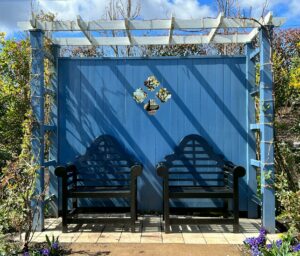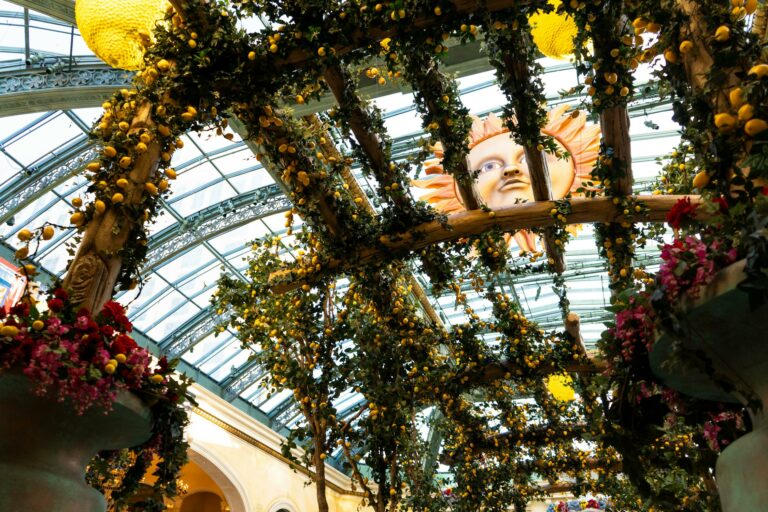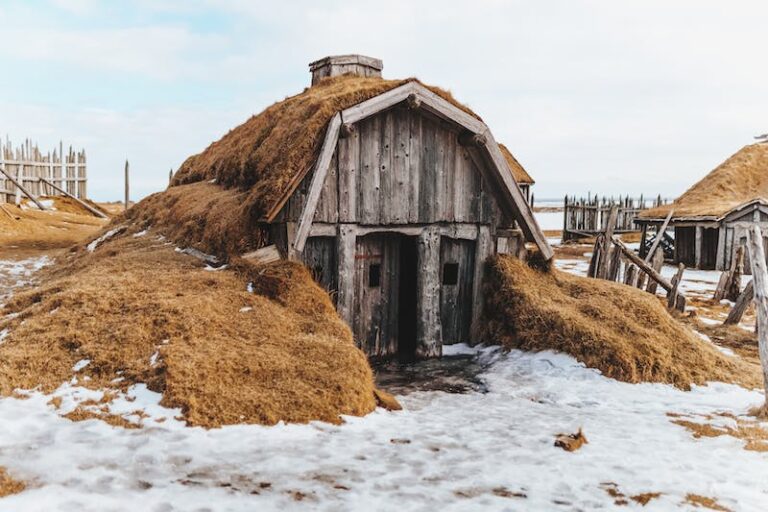It seems that spring is right around the corner, dear Stouffville. We could not be more excited – not only does that mean the start of a new season for us, but it means the warm weather has returned as well! And warm weather means a plethora of things for the Stouffville citizen – it means we can enjoy the beautiful Stouffville streets, it means we can enjoy our beautiful Stouffville lawn as well as our beautiful Stouffville yards, we can also finally go back to enjoying our beautiful Stouffville pergolas! But hold on one moment – what is a pergola?
In the realm of outdoor living spaces, pergolas stand as timeless structures that seamlessly blend beauty with functionality. Evoking a sense of romance and sophistication, pergolas have been cherished architectural features for centuries, adorning gardens, patios, and landscapes around the world. In this comprehensive guide, we delve into the origins, design principles, practical uses, and modern interpretations of pergolas, inviting one to embark on a journey through the enchanting world of these iconic structures. For those who don’t know what a pergola is and don’t care to learn, let the professionals do the thinking!
Origins and History of Pergolas:
The origins of pergolas can be traced back to ancient civilizations, where they served both practical and aesthetic purposes. The word “pergola” itself finds its roots in Latin, originating from the word “pergula,” meaning a projecting eave. In ancient Egypt, Greece, and Rome, pergolas were often constructed as open-air structures adorned with climbing vines and foliage, providing shade, shelter, and a serene retreat from the scorching sun.Throughout history, pergolas evolved in design and function, becoming symbols of status and luxury in Renaissance gardens and elaborate estates. In the 19th century, they gained popularity in European and American landscapes, featuring intricate lattice-work, ornate detailing, and exotic plantings. Today, pergolas continue to captivate homeowners, landscape designers, and architects alike, embodying a timeless elegance that transcends trends and fashions.
Anatomy of a Pergola: Understanding the key elements of pergola design is essential for creating a structure that not only enhances one’s outdoor space but also withstands the test of time. While the specific features and materials may vary, most pergolas share common structural components:
Columns or Posts: These vertical supports provide the foundation for the pergola, anchoring it to the ground or an existing structure. Columns can be made from a variety of materials, including wood, metal, concrete, or composite materials, each offering unique aesthetic and structural properties.

Beams: Horizontal beams connect the columns, forming the framework of the pergola. Beams can be arranged in various configurations, such as parallel, crisscross, or arched, depending on the desired style and functionality of the structure.
Rafters: Rafters are the diagonal or horizontal elements that span the width of the pergola, providing support for the roof or overhead lattice. Rafters can be spaced closely together for maximum shade and protection or left more open to allow dappled sunlight to filter through.
Roof or Lattice: The roof of a pergola can take many forms, from solid panels or fabric canopies to open lattice-work or trellises. The choice of roofing material depends on factors such as climate, desired level of shade, and aesthetic preferences. Lattice roofs are ideal for supporting climbing plants and vines, adding natural beauty and texture to the structure.
Practical Uses of Pergolas: Pergolas offer a versatile outdoor living space that can be tailored to suit a wide range of functions and activities. Some common practical uses of pergolas include:
Outdoor Dining: Transform one’s pergola into an inviting dining area, complete with a table, chairs, and ambient lighting. Whether hosting intimate dinners or festive gatherings, a pergola provides an elegant backdrop for alfresco dining experiences.
Lounge Area: Create a cozy lounge area within one’s pergola, furnished with comfortable seating, cushions, and throws. Add a coffee table or fire pit to enhance the ambiance and encourage relaxation and conversation.
Garden Feature: Use a pergola as a focal point in one’s garden, showcasing colorful flowers, lush greenery, and climbing vines. Incorporate decorative elements such as hanging baskets, lanterns, or sculptures to enhance the visual appeal of the space.

Outdoor Kitchen: Extend one’s living space into the outdoors by incorporating an outdoor kitchen or cooking area beneath one’s pergola. Install a built-in grill, countertop, and storage cabinets, allowing one to prepare meals and entertain guests in style.
Spa Retreat: Transform one’s pergola into a tranquil spa retreat, complete with a hot tub, sauna, or outdoor shower. Surround the space with fragrant plants, soft lighting, and privacy screens to create a serene oasis for relaxation and rejuvenation.
Design Considerations for Pergolas: When designing a pergola for one’s outdoor space, consider the following factors to ensure a successful and harmonious integration with one’s surroundings:
Scale and Proportion: Take into account the size and scale of one’s outdoor space when determining the dimensions of one’s pergola. Ensure that the proportions of the structure are in harmony with the surrounding landscape and architectural elements.
Material Selection: Choose materials that complement the style of one’s home and withstand the elements of one’s local climate. Popular options for pergola construction include wood (such as cedar, redwood, or pressure-treated lumber), metal (such as aluminum or steel), vinyl, and composite materials.
Orientation and Placement: Consider the orientation and placement of one’s pergola to maximize sunlight exposure, airflow, and views. Position the structure in a location that offers a balance of sun and shade throughout the day, taking into account the movement of the sun and prevailing wind patterns.

Climbing Plants and Vines: Incorporate climbing plants and vines into one’s pergola design to enhance its natural beauty and provide additional shade and privacy. Choose plants that are well-suited to one’s climate and growing conditions, such as wisteria, jasmine, grapevines, or climbing roses.
Lighting and Accessories: Enhance the ambiance of one’s pergola with carefully selected lighting and accessories. Consider options such as string lights, lanterns, sconces, or solar-powered fixtures to illuminate the space and create a warm and inviting atmosphere.
And so, this article about pergolas has come to an end. Join us next time when we discuss how one would install a pergola! And remember – the professionals are always here to help!





